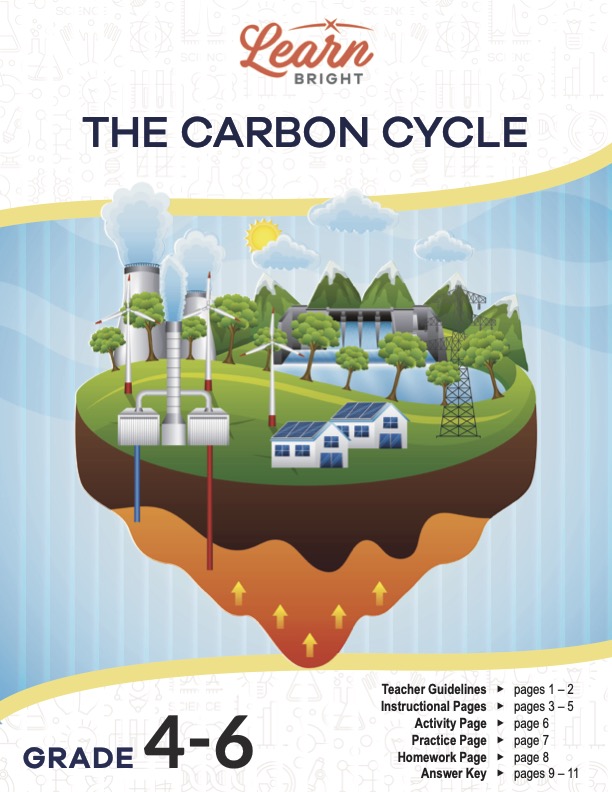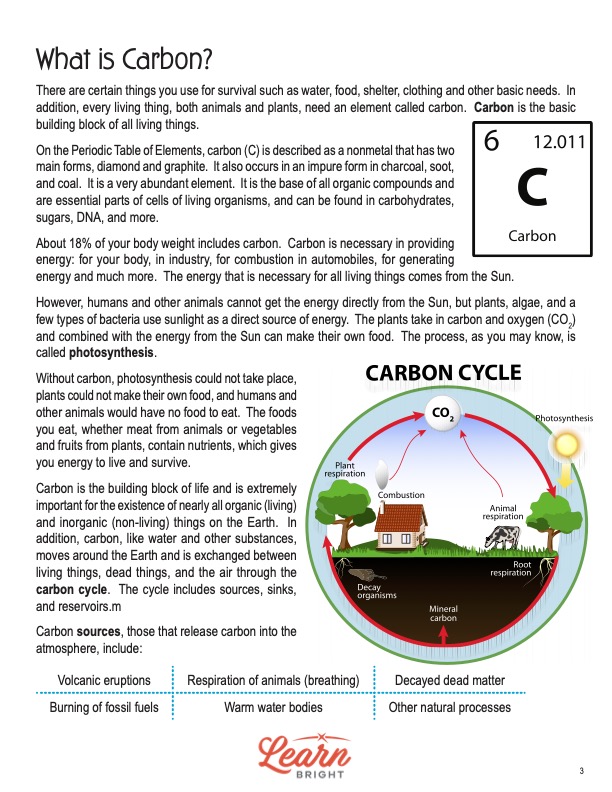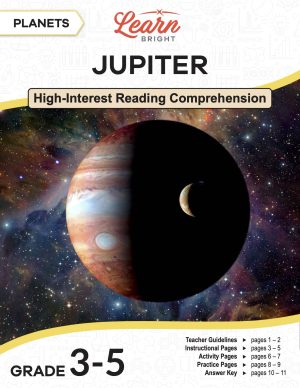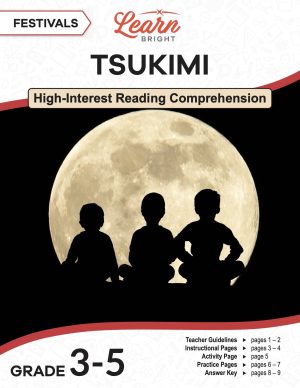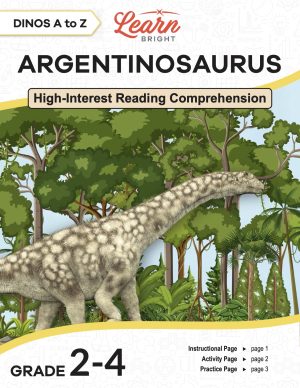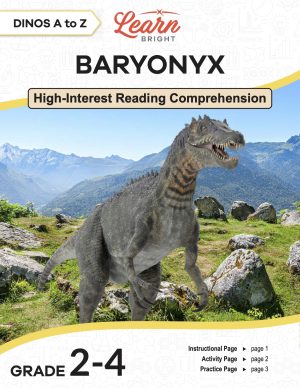Description
What our Carbon Cycle lesson plan includes
Lesson Objectives and Overview: Carbon Cycle explains the six steps involved in the process of moving carbon around the Earth. Students will learn about the importance of carbon and why the carbon cycle is essential to the existence of nearly all organic and inorganic things. They will also learn a little about greenhouse gases and global warming. This lesson is for students in 4th grade, 5th grade, and 6th grade.
Classroom Procedure
Every lesson plan provides you with a classroom procedure page that outlines a step-by-step guide to follow. You do not have to follow the guide exactly. The guide helps you organize the lesson and details when to hand out worksheets. It also lists information in the yellow box that you might find useful. You will find the lesson objectives, state standards, and number of class sessions the lesson should take to complete in this area. In addition, it describes the supplies you will need as well as what and how you need to prepare beforehand. For this lesson, you will need colored pencils, scratch paper, images from the internet and other sources, and any other materials you think will be useful for the activity.
Options for Lesson
There are many suggestions in the “Options for Lesson” section of the classroom procedure page that you could add to the lesson. A couple of them relate to the activity portion. Students could work in pairs or small groups for the activity rather than alone. You could have students use separate pieces of paper for each step or use a single large piece of construction paper. Another option is to divide the class into six groups and have each group draw a picture of one step (or all the steps) on a large piece of butcher paper. You might also want to find additional hands-on activities the relate to the topic. Using the stories students write for the homework assignment, you could create a booklet for the class. One more idea is to have students add pictures to their stories to make picture books.
Teacher Notes
The teacher notes page has a paragraph of extra information or guidance regarding the lesson. It emphasizes that you should focus on certain aspects of the lesson to ensure students understand them thoroughly. It also suggests you teach this lesson in conjunction with others about Earth’s cycles, the environment, ecosystems, and so on.
CARBON CYCLE LESSON PLAN CONTENT PAGES
What Is Carbon?
The Carbon Cycle lesson plan includes three content pages. Students first learn what exactly carbon is and why it’s important. There are a number of things we need for survival, such as water, food, shelter, clothing, and other basic needs. Every living thing—both plants and animals—also needs carbon, which is the basic building block of all living organisms.
Carbon is an element we can find on the Periodic Table of Elements. It is a nonmetal that comes in two main forms: diamond and graphite. However, it can also occur in an impure form as charcoal, soot, and coal. Carbon is very abundant as it is the base of all organic compounds. It is an essential part of the cells of living organisms and can be found in carbohydrates, sugars, DNA, and more.
Roughly 18% of a person’s body weight includes carbon. The element is necessary in providing energy for the body and for combustion in automobiles, for generating energy, in industry, and much more. The energy necessary for all living things first comes from the sun. However, humans and other animals cannot use energy directly from the sun, as plants can. This is where carbon comes in.
Carbon Cycle
Plants, algae, and a few types of bacteria use sunlight as a direct source of energy. The plants absorb both carbon and oxygen as carbon dioxide. They use the combination of carbon dioxide and sun energy to make food. This is the basic process of photosynthesis. Without carbon, this process is impossible.
Furthermore, if plants cannot make their own food, then humans and other animals would have no food to eat either. All the foods we eat, whether meat from animals or vegetables and fruits from plants, contain nutrients. Nutrients give us the energy we need to live and survive.
Carbon, therefore, is extremely vital for the existence of nearly all organic (living) and non-living (inorganic) things on Earth. Like water and other substances, carbon moves around the Earth and is exchanged between living things, dead things, and the air. We call this continuous process the carbon cycle.
Carbon sources release carbon into the atmosphere. These sources include volcanic eruptions, burning of fossil fuels, respiration of animals (breathing), and decaying dead matter. Carbon sinks, on the other hand, absorb carbon from the atmosphere. These include plants, algae, cold water bodies, and landfills.
Carbon reservoirs store carbon that comes from sources in the atmosphere. The Earth’s atmosphere contains carbon dioxide (CO₂), for instance. Oceans contain dissolved carbon. Volcanoes and geothermal areas are also examples of carbon reservoirs. Even organic elements like rocks and soil contain carbon.
Cycle Steps
Students will then learn about the specific steps of the carbon cycle. They will discover that there is not a starting or ending point in the process. It’s continuous, and all the steps can occur simultaneously. The cycle involves the exchange of carbon between various organic and inorganic elements, between and within the atmosphere.
The lesson provides a simple table that outlines the various exchanges and provides a short explanation for each one. In total, there are six types of exchanges through which carbon can move. First, carbon can move from the atmosphere to plants. This is where photosynthesis occurs.
Humans and other animals eat the plants, transferring the carbon from plant to animal. Carbon can also move from plants and animals to the ground when living things die and decompose. The soil absorbs the carbon content, which can remain in the ground for thousands of years and turn into fossil fuels like coal and oil.
Through respiration, carbon can move from living things to the atmosphere since animals (including people) release CO₂ when breathing out. The carbon in fossil fuels releases into the atmosphere when we burn them. Burning wood, fossil fuels, or other objects releases carbon dioxide into the atmosphere.
The last exchange is from atmosphere to oceans. Cool water in oceans and other large water bodies absorbs some of the carbon from the atmosphere. Warmer water releases carbon into the atmosphere. At this point, plants absorb it again during photosynthesis.
Greenhouse Gases and Global Warming
As a reminder, the lesson states that the carbon cycle is continuous and has no order of steps. Several of the steps involve CO₂, which is a greenhouse gas that traps heat in the atmosphere. Without it and other greenhouse gases, the Earth would be way too cold to live or survive on.
However, there is an imbalance between the sources and sinks of carbon. There are too many sources and not enough sinks. In other words, too much carbon releases into the atmosphere, and not enough gets absorbed. This imbalance has lead to global warming. Solving the problem could be as simple as planting more trees and cutting down fewer of them. Or we could take advantage of natural energy sources like solar and wind.
Every tree that we cut down takes away a carbon sink, a plant that could absorb some of that excess carbon in the atmosphere. Trees are important for the absorption of carbon dioxide and the release of oxygen. Using natural energy sources leads to less reliability on fossil fuels and thus less CO₂ emissions, as well as less pollution.
CARBON CYCLE LESSON PLAN WORKSHEETS
The Carbon Cycle lesson plan includes three worksheets: an activity worksheet, a practice worksheet, and a homework assignment. Each of these worksheets reinforces students’ grasp of the material and allows them to exhibit what they’ve learned in different ways. You can refer to the guidelines on the classroom procedure page, which outlines when to distribute each handout.
SHOW THE STEPS ACTIVITY WORKSHEET
For the activity, students will draw pictures (or collect images online or from other resources) that represent each step of the carbon cycle. The steps should include text and arrows to show the movement of carbon between the different things. The worksheet provides spaces for students to sketch rough drafts for each step. You may also provide additional scratch paper. When all the students complete the steps, they will explain them to a partner or to the class.
CARBON CYCLE PRACTICE WORKSHEET
The practice worksheet is divided into three sections. The first section lists 15 terms or phrases. Students must decide whether each one represents a carbon source (C), a sink (S), or a reservoir (R). The next section lists 10 statements. Students will determine whether the statements are true (T) or false. Finally, for the third section, students will rewrite the false statements from the previous section to make them true.
DEFINE AND ANSWER HOMEWORK ASSIGNMENT
Like the practice worksheet, the homework assignment has multiple sections. For the first section, students will write a definition for 10 terms. The second section requires students to respond to three prompts. For the third section, students must imagine they are a single molecule of carbon dioxide. Using their imagination, they must write a creative and interesting story about their journey through the carbon cycle. Students should try to include at least three or more steps, but they don’t have to include all six.
Worksheet Answer Keys
The last few pages of the PDF are answer keys for the worksheets, including the activity. The activity answer key provides sample explanations to describe the six steps. Naturally, the images students provide will vary. The answer key for the practice worksheet may also contain some variation on the third section. Students’ responses on the homework assignment will likely vary throughout the worksheet given the nature of the questions and prompts. All the correct answers on the keys are in red to make it easy to compare them with students’ work. If you choose to administer the lesson pages to your students via PDF, you will need to save a new file that omits these pages. Otherwise, you can simply print out the applicable pages and keep these as reference for yourself when grading assignments.

